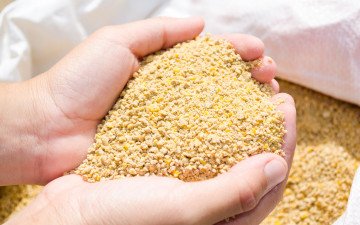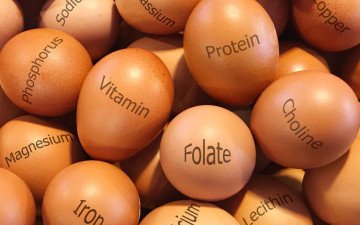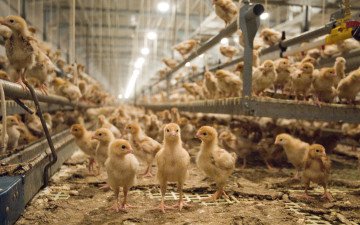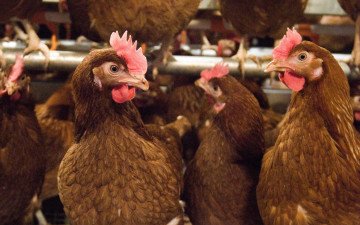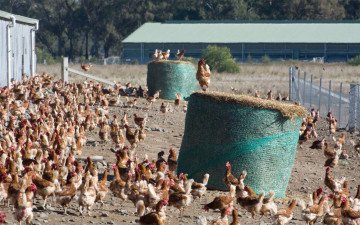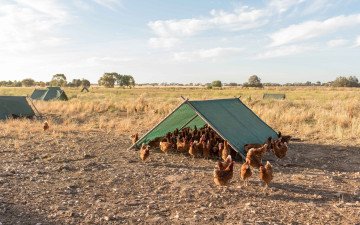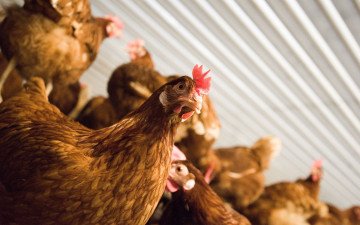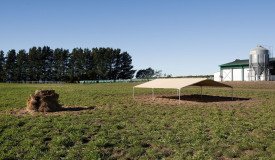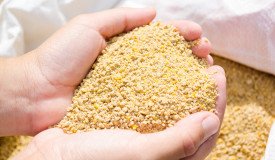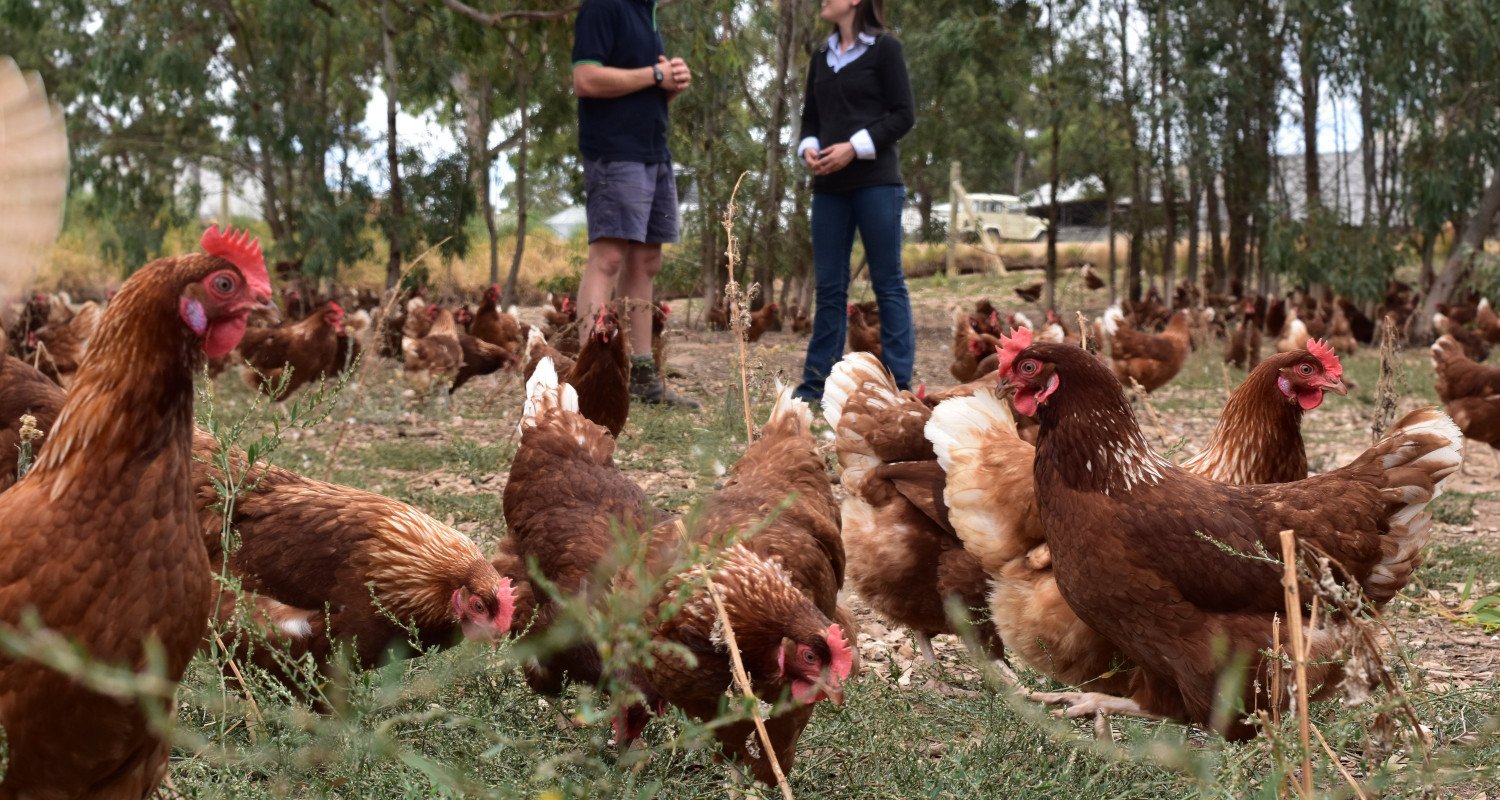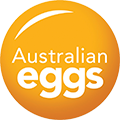
Leading Research
To generate focused research, Australian Eggs works with industry to build a clearer understanding of the needs of farmers, identifies research groups with the skills to address the issues, and develops targeted research project ideas that have clear pathways to on-farm adoption.
Filter by Category

The economics of layer diet amino acid levels throughout lay
With feed costs high and egg prices volatile, its important to explore alternate ways of maximising profits, which may mean challenging traditional production practices. Although formulating a layer diet which meets nutritional requirements at the lowest possible cost seems to make sense, there are alternative ways of formulating diets which can lead to greater profits.
Assessment of the efficacy of autogenous vaccines in Spotty Liver Disease control
This project demonstrated that autogenous vaccination of Campylobacter hepaticus can produce a measurable humoral immune response in layer hens. This humoral response is related to some level of protection against Spotty Liver Disease.

Eggs for breakfast: acute satiety responses
Eggs eaten for breakfast resulted in a lower energy intake at lunch. Subjective measures of satiety indicated that hunger was less during the morning after the egg breakfast and returned more quickly after the cereal breakfast.

Systematic Review of Lutein and Zeaxanthin and the Maintenance of Vision
The objective of this systematic review was to assess whether dietary intake of lutein and zeaxanthin (L/Z) helps maintain vision in adults.

Development of an Australian Choline Database
This project was conducted to develop an Australian choline database for analysing population intakes and key food sources using the 2011-13 Australian Health Survey. Prior to this project no Australian choline data had been collated.

Managing pullets for extended layer life, improved productivity and shell quality
The aim of this project is to understand how different lighting regimes and diets during rearing, either used singularly or together, can improve flock uniformity, egg production and persistency of production, egg size and egg quality, from 16 to 90+ weeks.

Barriers to the implementation of Max- profit and Stochastic models to industry
This research found that more resources and education may be needed to help nutritionists implement Stochastic and Max- profit feed formulation in the Australian layer industry.

Nutritional strategies for managing pullets and improving late lay egg quality
This project indicated that feeding pullets a high nutrient density diet during rearing improved late lay eggshell quality. Lighter pullets, fed a high nutrient density diet in rearing had a lifelong better FCR, compared to heavier pullets.

Cost effective and practical ways to regenerate layer hen ranges
The vegetation and functionality of the range areas of free range layer hens can be diminished due to physical damage, as well as nutrients from excreta, with the increase of weed plant species, soil compaction in heavily utilised areas and parasite build up in soils.

Assessing the carbon footprint of the egg industry
By studying the inputs to the whole egg industry supply chain, the carbon footprint of the egg industry will be measured.

Nutrient mass balance on-farm
By carefully measuring the inputs and outputs of free-range flocks, researchers will quantify how much nutrient is deposited on the range versus how much is deposited in the shed.

Traceability for the egg industry
Robust traceability systems are critical to ensuring that in the event of egg quality and food safety issues, the correct farms, specific production areas or sheds can be efficiently identified, and steps taken to rectify concerns.

Protecting Australia's poultry using genetic restoration
In this proof of concept study, researchers will attempt to embed genetic material from other poultry species into the layer hen genome. The specific genetic material relates to Avian influenza resistance so there is the potential that it could do the same for the layer hen.
Non-invasive technology for gender determination of fertilised chicken eggs
Using an optical technique, researchers will be working on developing a device that can automatically determine the gender of chicken eggs. If the project is successful, the result will be a desktop device suitable for hatcheries.

Automated, real-time monitoring of bird and flock movement and behaviour
This proof of concept research developed an automated intelligence, video-based system which recognises individual birds within the shed and their activities in real-time.
Projects you might find interesting
Practical strategies to increase individual layer hens feed efficiency
The overall findings of this study reveal that significant variation exists in the feed efficiency of layer hens. In this project, hens that put on more weight from the point of lay to mid-lay tended to be less feed efficient and have poorer quality eggs. The high feed efficient hens had better egg quality and were less prone to liver damage or fatty liver.

Review of rodent control for the Australian chicken meat and egg industries
This final report on current rodent control strategies employed by the Australian chicken meat and egg industries also includes a manual for producers on use of rodenticide products.

Barriers to the implementation of Max- profit and Stochastic models to industry
This research found that more resources and education may be needed to help nutritionists implement Stochastic and Max- profit feed formulation in the Australian layer industry.

Traceability for the egg industry
Robust traceability systems are critical to ensuring that in the event of egg quality and food safety issues, the correct farms, specific production areas or sheds can be efficiently identified, and steps taken to rectify concerns.
 >
> 